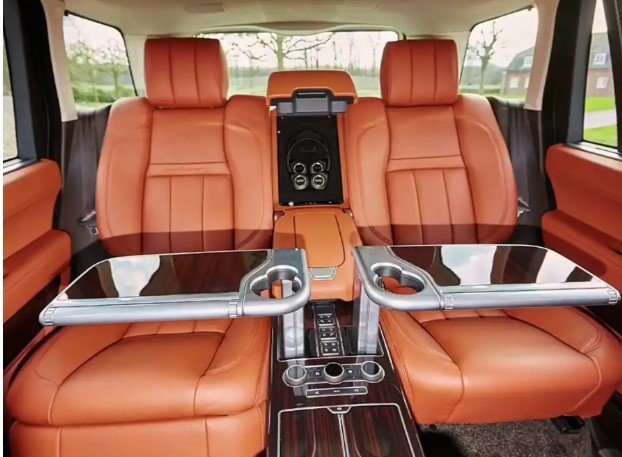Car accidents can be stressful, and dealing with repairs afterward can feel overwhelming. Whether it’s a minor fender bender or significant damage, understanding what to expect from collision repair in Antioch can make the process smoother. This guide will walk you through the essential steps, from the initial assessment to getting your car back on the road.
Step 1: Initial Assessment and Damage Inspection
Thorough inspection of your vehicle is always the first step in collision repair. Most reputable auto body shops will perform a detailed assessment to determine the extent of the damage. Some damages may be visible, like dents and scratches, while others—such as frame misalignment or internal mechanical issues—may require diagnostic tools to identify.
During this stage, the repair shop will provide an estimate, outlining the cost and time needed for the repairs. If you’re working with an insurance company, the shop will typically coordinate with your provider to ensure a smooth claims process.
Step 2: Insurance Approval and Repair Plan
Once the estimate is prepared, your insurance company may send an adjuster to inspect the damage and approve the repairs. Some auto body shops have direct relationships with insurers, which can expedite this step.
After approval, the shop will create a detailed repair plan. This plan includes parts replacement, dent removal, structural repairs, and paintwork. Reputable shops will keep you informed about the process, so you’re never left wondering about the status of your car.
Step 3: Structural and Mechanical Repairs
If the accident affected the structural integrity of your car, this is where those issues are addressed. Using specialized equipment, technicians will realign the frame and restore the vehicle’s structural strength. Any mechanical repairs, such as fixing damaged suspension, brakes, or engine components, will also be completed at this stage.
Modern collision repair shops use computerized measuring systems to ensure accuracy, ensuring your car meets the manufacturer’s original specifications.
Step 4: Body Work and Dent Removal
Once structural repairs are complete, technicians move on to exterior damage. This may involve replacing panels, repairing dents, and smoothing out surfaces. Many shops use paintless dent repair (PDR) for minor dents, preserving your car’s original factory finish. For more significant damage, technicians may use traditional bodywork techniques, including sanding, filling, and reshaping.
Step 5: Painting and Refinishing
Painting is one of the most critical steps in the collision repair process, as it restores the car’s appearance and protects it from corrosion. Modern shops use computerized color-matching technology to ensure a seamless blend with the existing paint. After applying multiple layers of paint and clear coat, the vehicle is polished to give it a factory-fresh look.
This stage requires precision, as any imperfections in the paintwork can affect the overall finish. A high-quality paint job not only enhances your car’s aesthetics but also helps maintain its resale value.
Step 6: Reassembly and Quality Inspection
Once the painting process is complete, technicians will reassemble the vehicle, reinstalling parts such as headlights, bumpers, and trim. At this stage, they will also reconnect any electrical components, ensuring everything is functional.
A final quality check is performed to verify that all repairs meet safety standards. Reputable shops will test-drive the vehicle to ensure it runs smoothly and that all systems are working correctly.
Step 7: Final Detailing and Customer Pickup
Before returning your car, the shop will typically perform a thorough interior and exterior cleaning. This step includes vacuuming, window cleaning, and waxing the exterior to give your vehicle a polished finish.
Upon pickup, you’ll receive a final walkthrough of the repairs. Most shops will also provide a warranty on their work, giving you peace of mind that your car has been restored properly.
Choosing the Right Collision Repair Shop in Antioch
Selecting a reliable repair shop is crucial for a smooth experience. Here are some factors to consider:
- Certifications and Experience: Look for shops with ASE-certified technicians or manufacturer certifications.
- Insurance Coordination: A shop that works with your insurance provider can simplify the process.
- Warranty on Repairs: A good repair shop will stand behind its work with a warranty.
- Customer Reviews: Checking online reviews can provide insight into the shop’s reputation and service quality.
Conclusion
Dealing with car repairs after an accident doesn’t have to be a hassle. By understanding what to expect from collision repair Antioch, you can navigate the process with confidence. From the initial damage assessment to the final detailing, each step is designed to restore your vehicle’s safety, functionality, and appearance.
Whether you’re handling repairs through insurance or paying out of pocket, choosing the right repair shop will make all the difference. Take the time to research your options, ask questions, and ensure your car is in expert hands.



